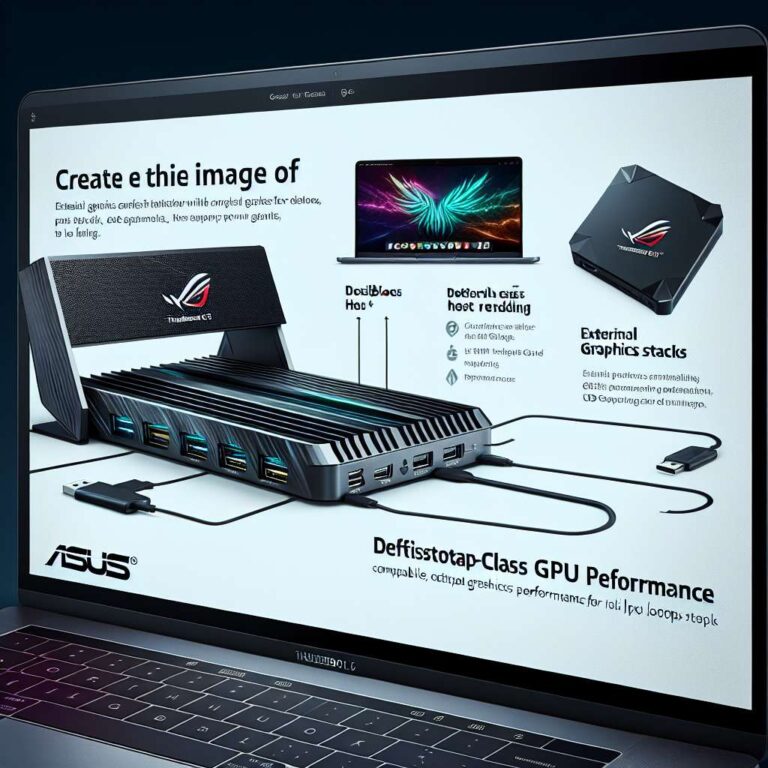The ROG XG Station 3 (Thunderbolt 5) is an external graphics dock from ASUS that the company positions as a plug-and-play solution to combine external GPU power with the expandability of a Thunderbolt dock. With Thunderbolt 5 support and an 80 Gbps bandwidth, the unit is presented as a way to upgrade computing capability on any Thunderbolt 5-enabled laptop. ASUS notes compatibility with external GPU computing power including NVIDIA GeForce RTX 50 Series, aiming the product at users who need extra performance for gaming, content creation, or Artificial Intelligence application development.
Beyond the Thunderbolt 5 connection, the ROG XG Station 3 includes three USB Type-C ports that support up to 10 Gbps data-transfer speeds. The design focuses on both functionality and aesthetics, featuring ASUS Aura Sync lighting and a BTF hidden-connector design. ASUS describes the hidden-connector approach as providing a clean look while improving cable management, reinforcing the dock´s role as both a performance and desktop-organizing accessory for mobile workstations.
ASUS frames the ROG XG Station 3 as an instant upgrade path for compatible laptops, enabling high-speed gaming, video editing, and 3D rendering workflows in addition to Artificial Intelligence development tasks. The product is presented as a way to merge the throughput and performance of external GPUs with the convenience of Thunderbolt dock features. Specifics such as pricing, availability, and detailed technical specifications beyond the ports and stated bandwidth are not stated in the article.

